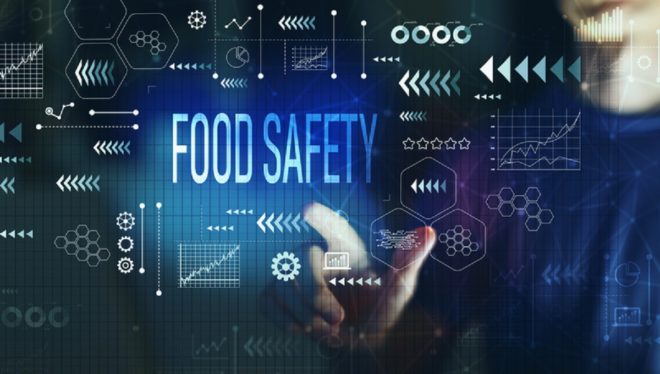Welcome to Safe Food Mitra
Welcome to Safe Food Mitra


भाटापारा- खाद्य पदार्थ बनाने वाली इकाइयों को, कुकिंग आयल को नया-पुराना करने की दिक्कत से बहुत जल्द निजात मिलने जा रही है। भारतीय खाद्य संरक्षा एवं मान...
Food Safety News
Populars Courses

